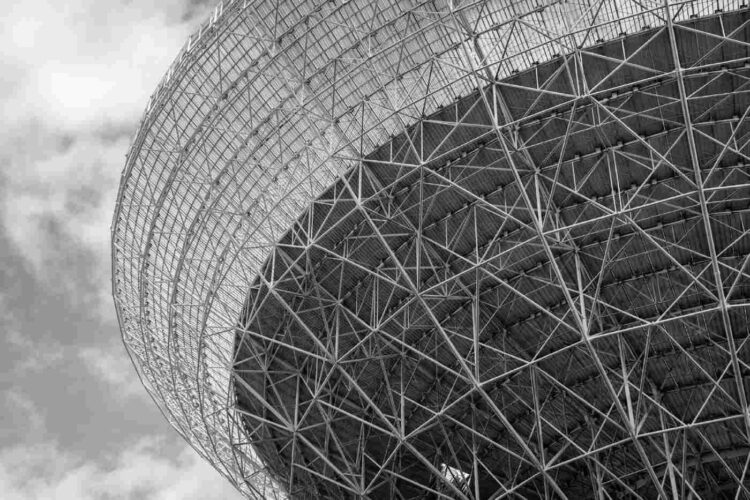Scientists are mapping the vast cosmic web that interconnects galaxies, revealing how these hidden structures influence the universe’s formation and evolution.
The universe is far from a random scattering of celestial bodies; it is a complex network known as the cosmic web. This web is composed of filaments of dark matter and gas, threading galaxies together across the vastness of space. According to recent research, understanding this cosmic web is essential for unraveling the mysteries of how the universe took shape after the Big Bang.
The Architecture of the Cosmos
The cosmic web is the large-scale structure of the universe, consisting of voids, filaments, and clusters formed by the gravitational attraction of dark matter. Galaxies are not isolated islands but are connected by these filaments, which guide their movements and interactions. The web’s intricate pattern emerged from tiny fluctuations in the density of matter in the early universe.
Dark Matter: The Invisible Backbone
Dark matter plays a pivotal role in the formation of the cosmic web. Although it does not emit, absorb, or reflect light, its gravitational effects are observable. Dark matter’s gravity pulls ordinary matter into the web’s filaments, leading to the formation of galaxies and galaxy clusters. Without dark matter, the cosmic web as we know it would not exist.
Tracing the Web
Astronomers use various methods to map the cosmic web. One approach involves observing the distribution of galaxies and galaxy clusters. Another method uses the light from distant quasars, which is absorbed by the intergalactic medium, revealing the web’s filamentary structure. Advanced computer simulations also help scientists visualize how the web evolved over billions of years.
The Primordial Chirp
Recent studies, such as the one published in the Monthly Notices of the Royal Astronomical Society, delve into the early signals of the cosmic web’s formation—sometimes referred to as the “primordial chirp.” These signals are subtle imprints left on the cosmic microwave background radiation, the afterglow of the Big Bang. By analyzing these imprints, scientists gain insights into the universe’s initial conditions.
Why the Cosmic Web Matters
Understanding the cosmic web is crucial for several reasons:
- Galaxy Formation and Evolution: The web’s structure influences how galaxies form, merge, and evolve over time.
- Cosmic Expansion: Studying the web helps scientists understand the rate at which the universe is expanding, shedding light on dark energy.
- Fundamental Physics: Insights into the web contribute to our knowledge of fundamental forces and particles.
Future Explorations
Upcoming telescopes and missions, like the James Webb Space Telescope and the Euclid mission by the European Space Agency, aim to provide more detailed observations of the cosmic web. These instruments will help astronomers observe the faintest filaments and the most distant galaxies, offering a clearer picture of the universe’s large-scale structure.
Conclusion
The cosmic web is a testament to the universe’s complexity and interconnectedness. As we continue to explore these hidden structures, we deepen our understanding of the cosmos and our place within it. The journey to map the cosmic web not only unravels the mysteries of the universe’s past but also paves the way for future discoveries.




